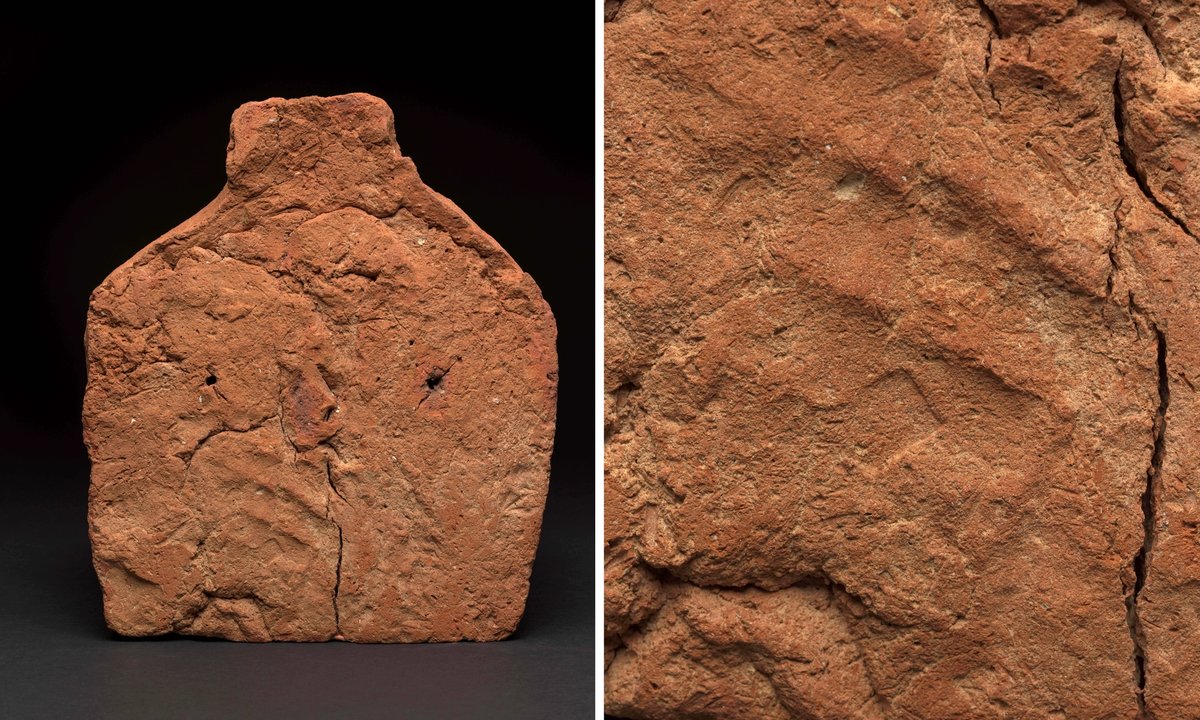
"The handprint found on a 4,000-year-old 'soul house' at Fitzwilliam Museum offers direct evidence of ancient craftwork and the personal touch of its creator."
"Helen Strudwick notes that soul houses were likely associated with burial practices, representing places for offerings and connections to deceased individuals returning to their homes."
A handprint dating back around 4,000 years was discovered on a clay artefact known as a 'soul house' at the Fitzwilliam Museum. These soul houses, from Egypt’s First Intermediate Period and Middle Kingdom, were likely used for offerings to the deceased and might represent a connection to the home. The specific example from Deir Rifa features a two-storey structure, and the handprint suggests it was made during the drying process. The construction involved a wooden framework coated in clay, revealing insights into ancient craftsmanship.
Read at The Art Newspaper - International art news and events
Unable to calculate read time
Collection
[
|
...
]